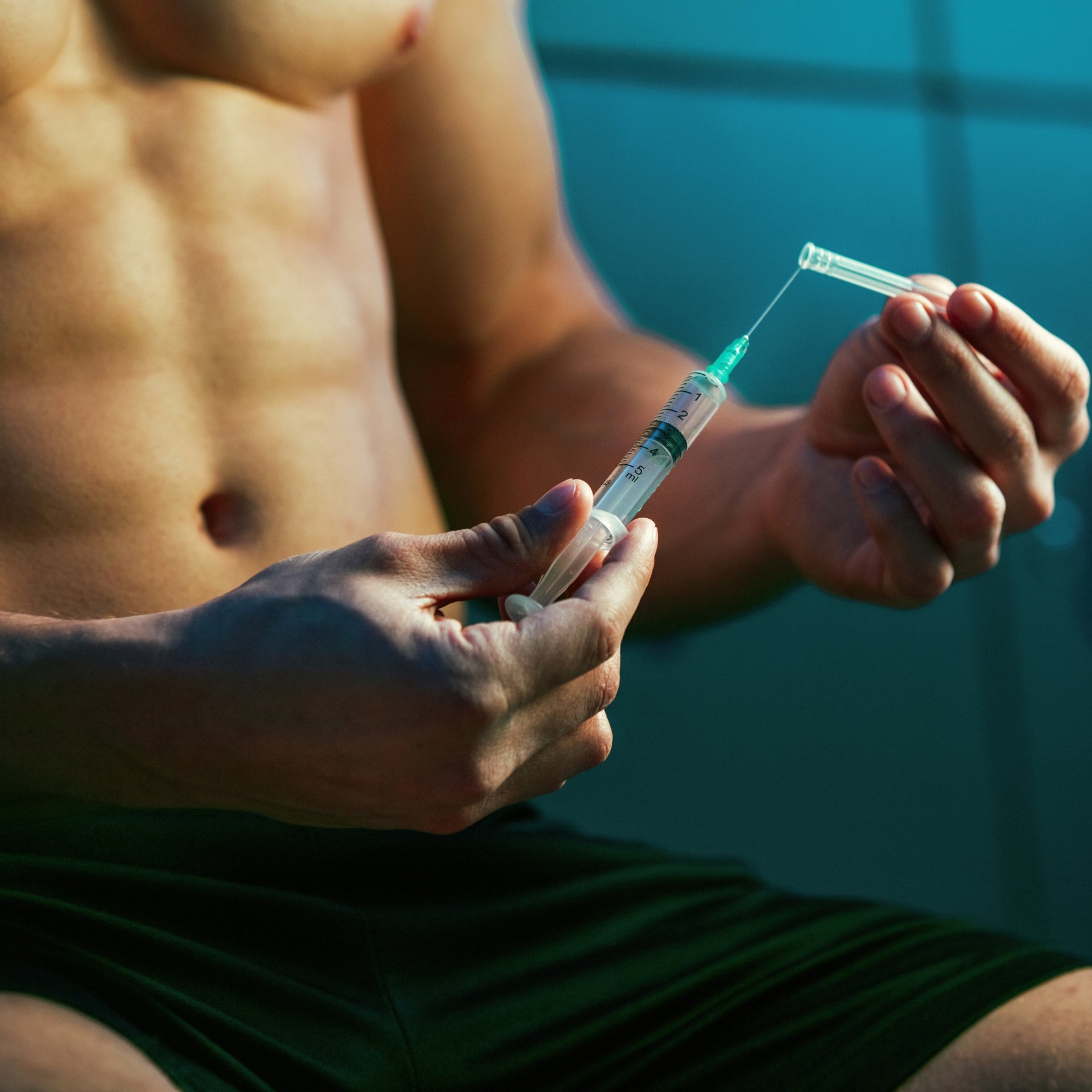In today’s hyper-connected world, where every swipe brings a new image of sculpted physiques and loud declarations of dominance, many young men are being sold a dangerously narrow vision of what it means to be “man enough.” The surge in steroid use, unregulated hormone enhancers, and image-obsessed content across social media is more than just a health crisis—it’s a cultural one.
At the heart of this crisis lies a distorted version of masculinity that prioritizes appearance over integrity, shortcuts over discipline, and aggression over authenticity.
The Rise of Steroid Culture and Performance Enhancers
Use of anabolic steroids and hormone-altering substances like SARMs (Selective Androgen Receptor Modulators) is on the rise among young men—not just among athletes or bodybuilders, but average teenagers and early adults who feel pressure to fit into a certain masculine ideal.
This trend is fueled by influencers who often promote unrealistic physiques without disclosing the substances behind their appearance. Young viewers, unaware of the risks or the truth, are drawn to these role models under the belief that physical perfection equals power, value, or success. Unfortunately, the long-term consequences of these substances include severe health issues: liver damage, hormonal dysfunction, cardiovascular problems, and psychological instability such as mood swings, rage, and depression.
Even worse, this culture reinforces the message that “manhood” is defined externally—through muscles, dominance, and sexual conquest—rather than internally, through character, purpose, and self-respect.
The Pressure of Distorted Beauty Standards
Just as women have long faced toxic beauty standards, men are now increasingly held to hyper-idealized images of masculinity. From shredded abs and jawlines to performative alpha behavior and curated stoicism, the expectation is clear: show no vulnerability, dominate your space, and sculpt your body into a brand.
These pressures are amplified by social media algorithms, which reward extreme aesthetics and behaviors. Fitness influencers and “self-improvement” gurus often reinforce this pressure by selling supplements, training plans, or ideologies under the guise of empowerment—but they rarely talk about balance, mental health, or emotional authenticity.
The result? A generation of young men measuring their worth by external validation, suppressing emotion, and chasing perfection with unsustainable and often dangerous means.
What Real Masculinity Looks Like
Real masculinity is not built in a lab or a gym. It is cultivated through self-awareness, resilience, and grounded values.
True strength is not about the size of one’s biceps or how aggressively one asserts themselves. It’s about the ability to hold space for others, to know your boundaries, to be accountable for your actions, and to walk away from situations that compromise your integrity.
Authentic masculinity is quiet, not performative. It is rooted in empathy, emotional literacy, and respect—both for oneself and for others. It embraces discipline as a long-term commitment to growth, not as a shortcut to validation.
When a young man commits to natural physical development—through proper nutrition, rest, consistent effort, and mental focus—he not only strengthens his body, but he builds patience, humility, and trust in himself. These are the foundations of real masculinity—not substances, not likes, not temporary illusions.
The Danger of Quick Fixes
Steroids, hormone boosters, and toxic content may offer fast results or quick highs, but they rob young men of the deeper work required for true growth. They create dependency, weaken mental resilience, and ultimately disconnect men from their real selves.
Choosing the slower, more honest path of personal development—whether through fitness, emotional work, or meaningful relationships—is not only more sustainable, but it builds a masculinity that doesn’t need to be proven, only lived.
Moving Forward
If we want to support the next generation of men, we must challenge the lies they’re being fed and replace them with a vision of masculinity that is expansive, not oppressive.
This means:
-
Encouraging emotional expression and mental health check-ins.
-
Promoting fitness and self-care without glorifying shortcuts.
-
Uplifting role models who value integrity, humility, and emotional intelligence.
-
Calling out toxic standards when we see them—and modeling alternatives ourselves.
Final Thoughts:
Masculinity doesn’t need to be rewired, it needs to be remembered. Beneath all the noise, real masculinity has always been about responsibility, presence, courage, and compassion. And no drug, filter, or façade will ever replace that.
“Real masculinity isn’t measured in muscle mass or aggression—it’s reflected in how we show up with honesty, compassion, and strength of character.”
Here is a curated list of studies and reports that delve into the issues of toxic masculinity, steroid use, and distorted beauty standards:
Steroid Use & Body Image Pressures
-
The Health Threat Posed by the Hidden Epidemic of Anabolic Steroid Use
-
This study highlights the increasing prevalence of anabolic-androgenic steroid (AAS) use among young men aiming to achieve a lean and muscular appearance, often leading to muscle dysmorphia and associated health risks.
-
-
Chasing the Ideal: The Role of Body Image in Anabolic Steroid Misuse
-
Research indicating that young males who perceive themselves as underweight or overweight are at a higher risk for AAS misuse, driven by body image concerns.
-
-
Anabolic-Androgenic Steroid Use and Body Image in Men
-
This article discusses the widespread use of AAS among individuals with muscle dysmorphia and the psychological implications of such usage.
-
Social Media & Distorted Beauty Standards
-
How Social Media Affects Body Dissatisfaction in Men
-
A study demonstrating how exposure to idealized male bodies on social media platforms can lead to increased body dissatisfaction among men.
-
-
Unattainable Standards on Social Media Lead to Negative Body Image in Men
-
Research showing that Instagram posts featuring lean, muscular men receive more engagement, reinforcing unrealistic body standards.
-
-
The Link Between Social Media and Body Image Issues Among Youth in the United States
-
This study concludes that excessive social media usage is strongly associated with body image distortion and unhealthy weight control behavior in adolescents.
-














Share:
The Manosphere: A Critical Look at Masculinity, Echo Chambers, and Ideological Drift
Gut Check: How Processed Foods May Be Undermining Men’s Hormonal Health and Vitality